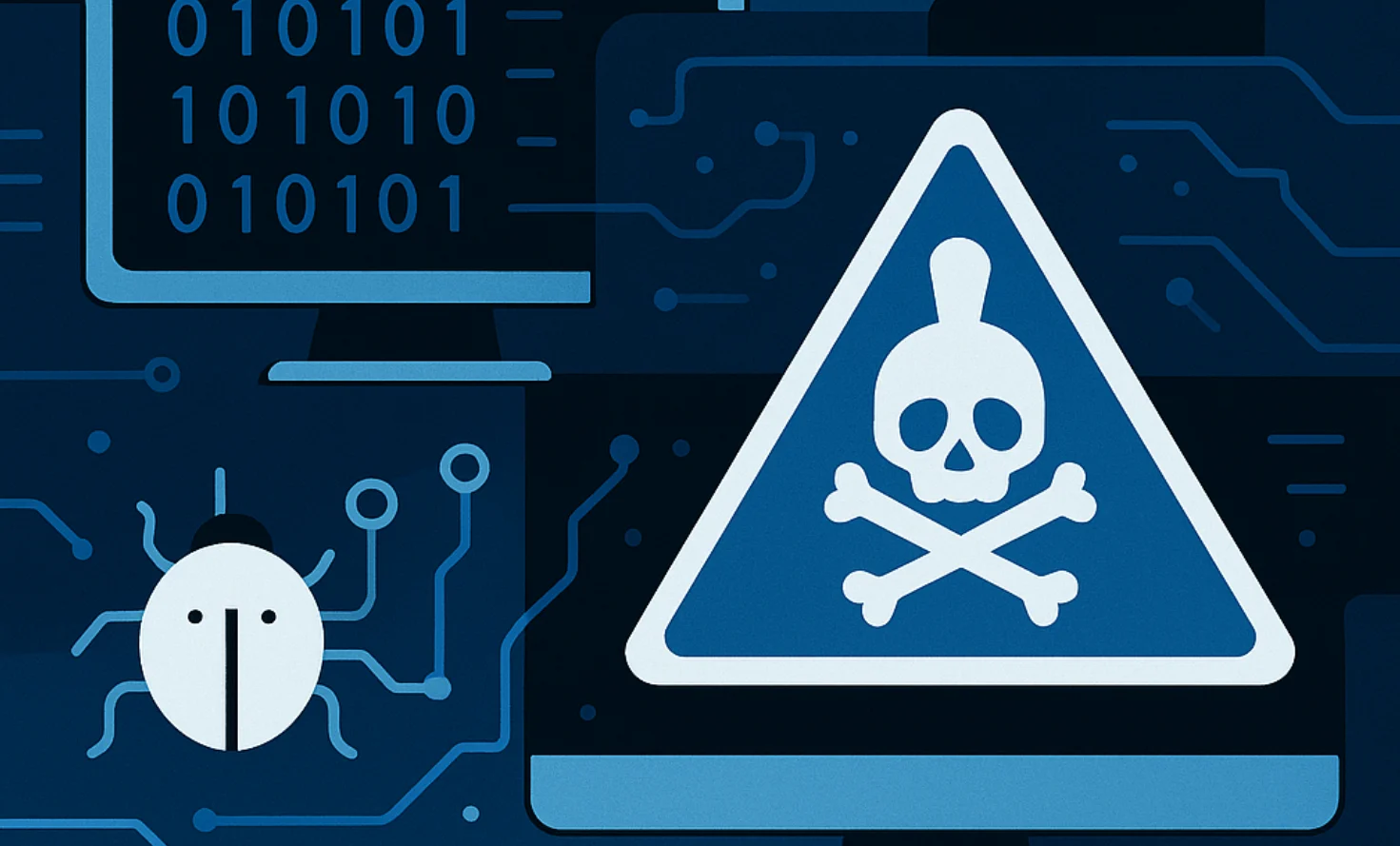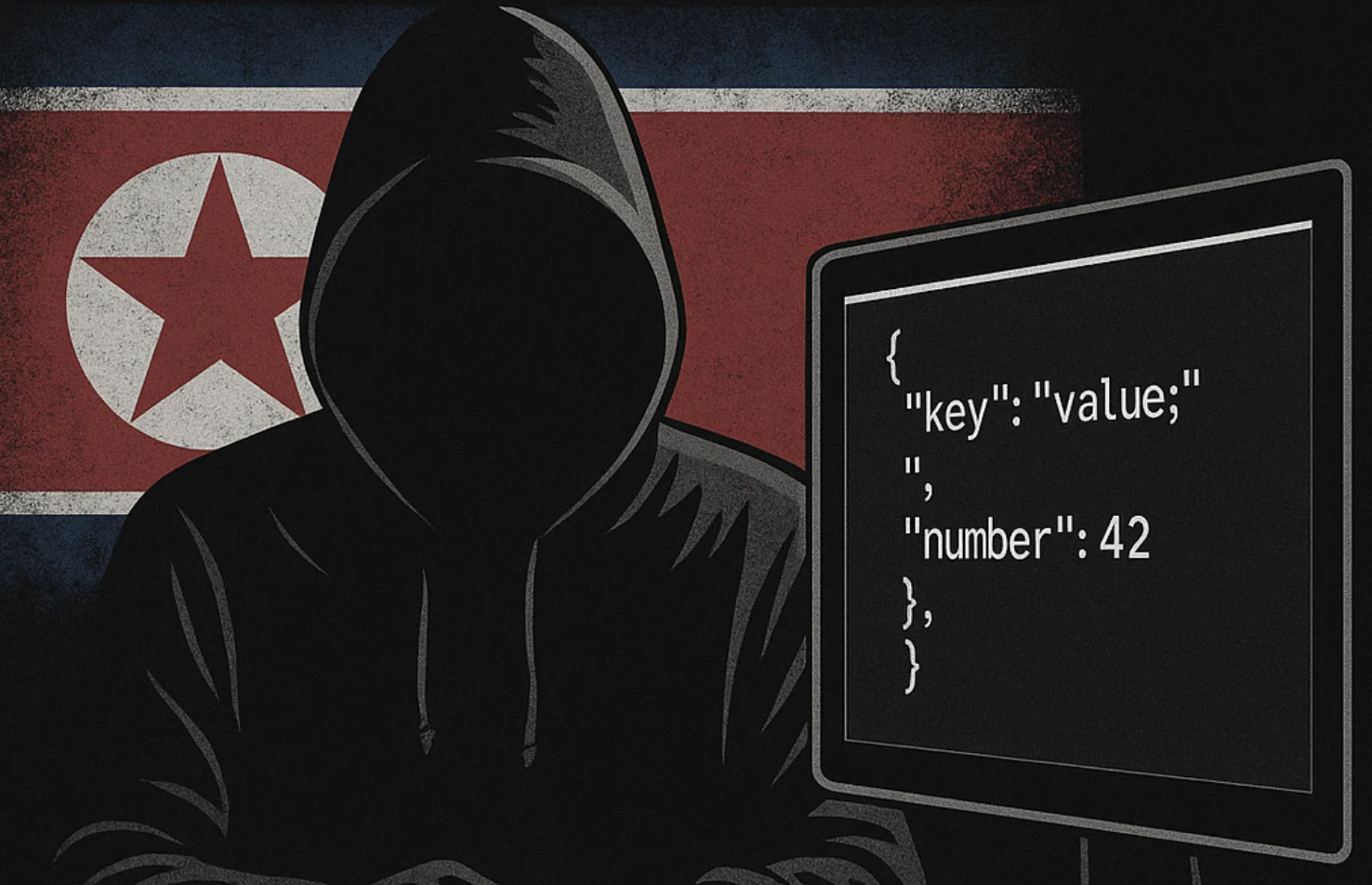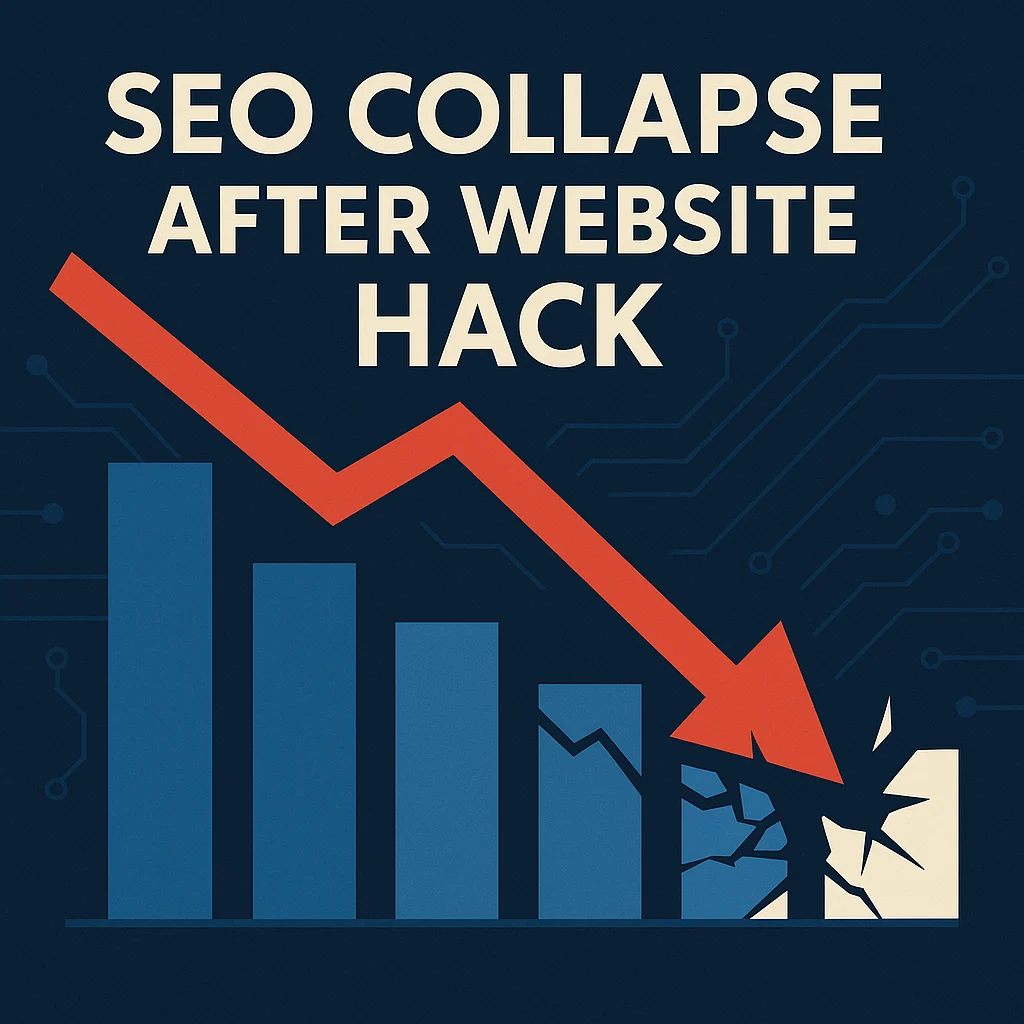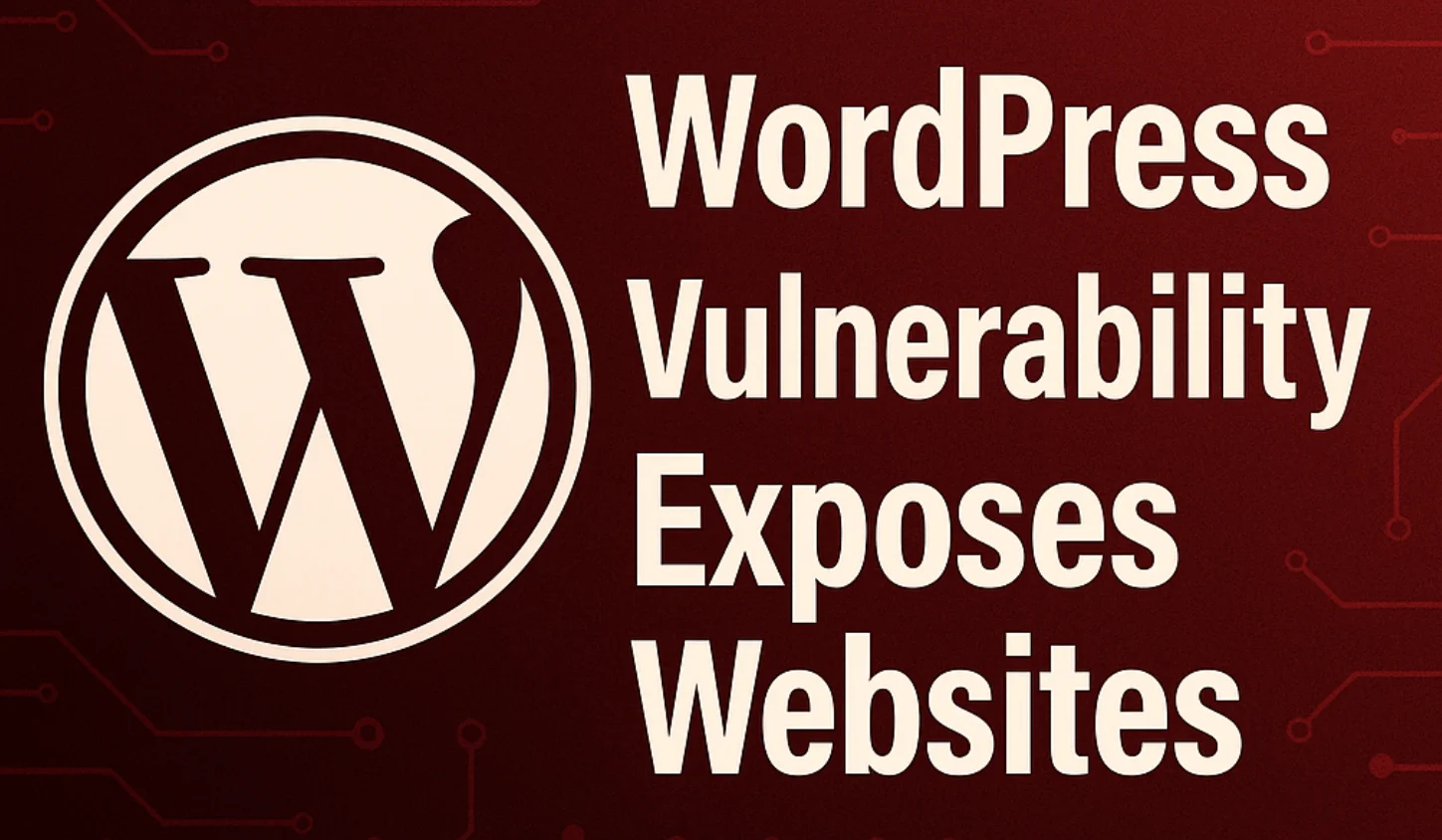Understanding how attackers identify and exploit vulnerable websites is essential for effective defense. This comprehensive guide reveals the exact methodologies, tools, and techniques cybercriminals use to find targets, assess vulnerabilities, and execute attacks. By understanding the attacker’s perspective, you can better protect your digital assets.
Read More








